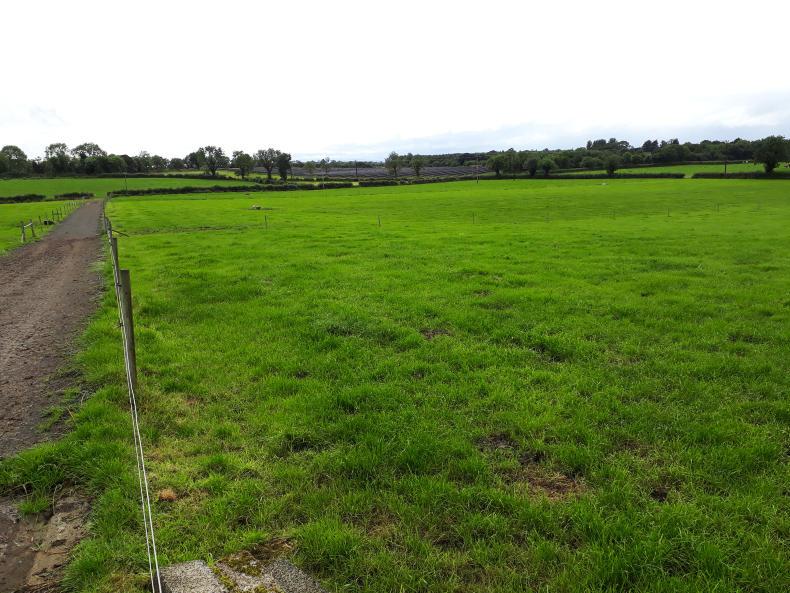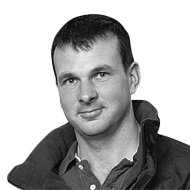Having set out at the start of the year to try to make the farm more productive by growing as much grass as possible, the biggest challenge facing me now is what on earth to do with all the grass?
I would like to think that all the strong growth is down to some marked improvement in my grassland management, but in reality I think it is more to do with the exceptional grass growing year that it has been so far in 2017.
To date this year, we have grown just over 7t of dry matter per hectare (DM/ha), and this seems to be broadly in line with AFBI figures relating to grass growth in Co Antrim printed in last week’s Irish Farmers Journal.
To help keep on top of what is going on in the paddocks, this year I have bought my own plate meter. Previously, I paid someone to walk the paddocks on a weekly basis. Doing it myself takes a lot more discipline, but it means that I actually see what is really going on, as opposed to just looking at numbers on a graph. When you see the paddocks properly on a weekly basis, instead of just racing past them on the quad, I seem to be more inclined to act.
One thing that has occurred to me when walking the paddocks is that we are often told the average farmer in Northern Ireland grows just 7.5t/DM/Ha/year.
We also get told that with good grassland management, the potential is there to grow 14t/DM/ha. While it is right that we should all be encouraged to grow and make use of more grass, the current set of regulations around nitrates (limiting me to 170kg nitrogen per hectare from livestock manure), gives no incentive to do this.
If I could up my game and grow this amount of grass, the number of extra stock I would need to carry to eat it all would leave me in a position where I would either have to apply for a derogation, or I would need to rent about 50 acres to grow cereals just to spread my slurry on. Neither option is very appealing.
Yield
So far, cows have milked really well this summer. The average yield/day is close to 30 litres at 220 days in milk, up by around 3.5 litres/day on last year.
I’m not sure what this increase in milk yield is due to. Perhaps it is a number of things coming together at the same time. Silage quality was better through the winter which meant the cows went to grass at a higher level of production and, secondly, grassland management has improved. This is my third year measuring grass, but I would say that it is only now that I am really getting to grips with it.
With a higher-yielding herd, it is difficult to find the balance between production and efficiency. Last year, we replaced our topper with a mower, and this has brought a number of benefits.
All paddocks are now either pre-mowed or topped. The mower leaves us with a lower residual cover, it is a lot faster than the topper, and if a paddock needs to be taken out for bales we can mow it ourselves, giving more flexibility and saves paying the contractor to do it.
Solids
For us, milk solids always seem to suffer when cows go to grass. Fat and protein levels are currently at best around base levels, and this seems to be a contrast to the grazing herds in the Republic of Ireland who report higher milk solids when cows are out grazing.
The only consolation is that the price of a litre of milk of average solids is much higher this year than a litre of milk with high solids was last year.






 This is a subscriber-only article
This is a subscriber-only article










SHARING OPTIONS: